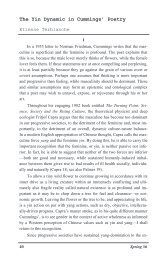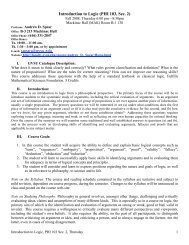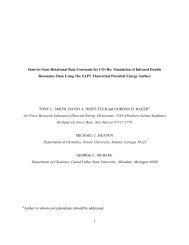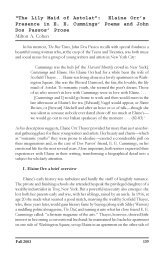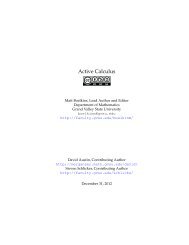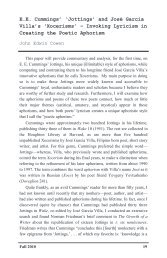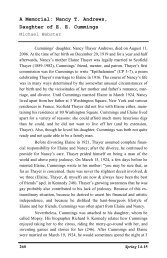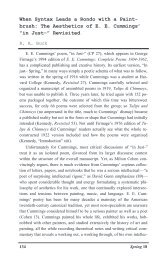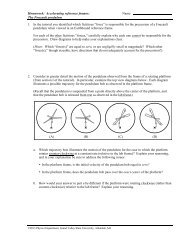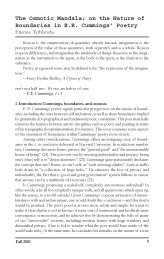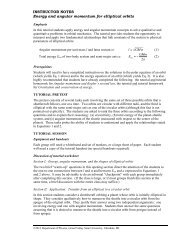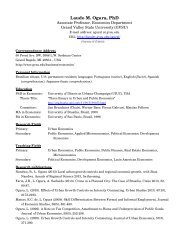Active Calculus - Gvsu - Grand Valley State University
Active Calculus - Gvsu - Grand Valley State University
Active Calculus - Gvsu - Grand Valley State University
- No tags were found...
Create successful ePaper yourself
Turn your PDF publications into a flip-book with our unique Google optimized e-Paper software.
Chapter 2Computing Derivatives2.1 Elementary derivative rulesPreview Activity 2.1. Functions of the form f(x) = x n , where n = 1, 2, 3, . . ., are often called powerfunctions. The first two questions below revisit work we did earlier in Chapter 1, and the followingquestions extend those ideas to higher powers of x.(a) Use the limit definition of the derivative to find f ′ (x) for f(x) = x 2 .(b) Use the limit definition of the derivative to find f ′ (x) for f(x) = x 3 .(c) Use the limit definition of the derivative to find f ′ (x) for f(x) = x 4 . (Hint: (a + b) 4 =a 4 + 4a 3 b + 6a 2 b 2 + 4ab 3 + b 4 . Apply this rule to (x + h) 4 within the limit definition.)(d) Based on your work in (a), (b), and (c), what do you conjecture is the derivative of f(x) =x 5 ? Of f(x) = x 13 ?(e) Conjecture a formula for the derivative of f(x) = x n that holds for any positive integer n.That is, given f(x) = x n where n is a positive integer, what do you think is the formula forf ′ (x)?⊲⊳33




